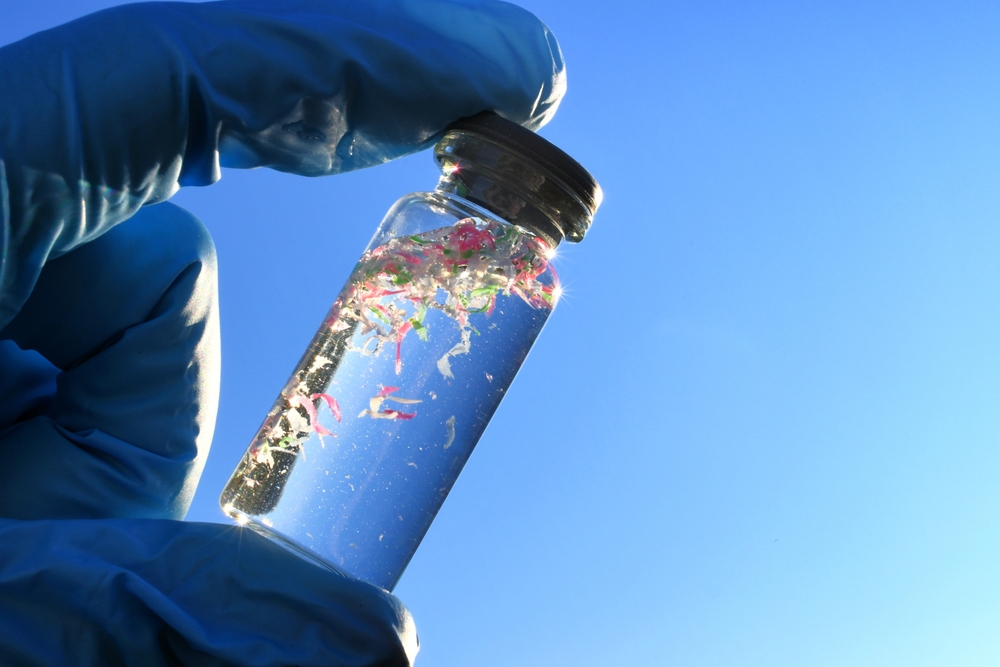

In recent years, the growing concern over microplastics—tiny plastic particles less than 5 millimeters in size—has sparked widespread discussions about their impact on the environment and human health. Microplastics have infiltrated nearly every corner of the planet, from the deepest oceans to the highest mountains, and are now a prevalent contaminant in our water sources. As awareness of this issue increases, so does the demand for effective solutions to remove these harmful particles from our drinking water. In this article, we’ll explore the role of microplastic filters in water purification, examine different filtration methods, and introduce advanced technologies that offer superior protection against microplastics.

Microplastics are tiny plastic fragments that originate from various sources, including the breakdown of larger plastic debris, microbeads in personal care products, and synthetic fibers shed from clothing during washing. These particles are small enough to evade traditional water treatment processes, making their way into rivers, lakes, oceans, and, ultimately, the water we consume.
The impact of microplastics on the environment is profound. They can persist in ecosystems for hundreds of years, disrupting food chains and harming marine life that mistake them for food. Moreover, microplastics can absorb and carry toxic chemicals, introducing these substances into the bodies of organisms that ingest them, including humans.
From a health perspective, microplastics are a cause for concern. Although research is still ongoing, there is evidence to suggest that ingesting microplastics may lead to various health issues, such as inflammation, oxidative stress, and even carcinogenesis. Given the ubiquitous presence of microplastics and their potential hazards, it’s crucial to explore effective methods for filtering them out of our water supply.
Microplastic filters are specially designed water filtration devices that target and remove microplastics from water. These filters come in various forms and utilize different technologies to capture particles that are often invisible to the naked eye. The primary purpose of microplastic filters is to provide a reliable means of purifying water, ensuring it is free from these minute contaminants and safe for consumption.
With the growing concern over microplastics, many people are turning to water filters in the hope that they can effectively remove these particles from their drinking water. However, not all water filters are created equal, and their ability to filter out microplastics varies depending on the type of filtration technology used.
When it comes to filtering microplastics, several types of water filters are commonly used, including activated carbon filters, ceramic filters, and Reverse Osmosis (RO) systems. Each of these filtration methods offers different levels of effectiveness:
Reverse Osmosis (RO) is a water purification process that uses a semi-permeable membrane to remove ions, molecules, and larger particles, such as microplastics, from water. The process works by applying pressure to the water on one side of the membrane, forcing it through the membrane and leaving contaminants behind.
The semipermeable membrane used in RO systems has pores as small as 0.0001 microns, which are significantly smaller than the size of most microplastic particles. This allows RO systems to effectively filter out microplastics, along with other contaminants like heavy metals, salts, e.coli, and bacteria.
One of the key advantages of RO systems is their high efficiency in removing microplastics from water. In addition to microplastics, they can also remove a wide range of other contaminants, making them a comprehensive solution for water purification. RO systems are also relatively easy to maintain and can provide a consistent supply of clean water.
However, there are some limitations to consider. RO systems typically produce a significant amount of wastewater, as only a portion of the water that passes through the system is purified. Additionally, RO systems can be more expensive to install and maintain compared to other filtration methods. Despite these drawbacks, the effectiveness of RO systems in removing microplastics makes them a popular choice for those looking to ensure their drinking water is as pure as possible.
While RO systems are highly effective, they are not the only option available for those looking to remove microplastics from their water. Recent advancements in filtration technology have led to the development of even more efficient methods for targeting and removing microplastics.
Caware’s advanced patent filtration technology offers a superior solution for microplastic removal by utilizing a multi-stage filtration process that targets particles of all sizes. This technology combines the best elements of traditional filtration methods with cutting-edge materials designed to capture even the smallest microplastic particles with gravity flow.
Unlike standard filters, our system employs a specialized hollow fiber membrane that provides a much higher surface area for capturing contaminants. This membrane is capable of filtering out microplastics as small as 0.1 microns, ensuring that virtually no particles remain in the purified water.
Our advanced filtration system offers several benefits compared to other options on the market. Firstly, it provides unparalleled efficiency in microplastic removal, capturing up to 99.9% of particles. Secondly, it is designed to be more water-efficient than traditional RO systems, without wastewater production. Additionally, our system is easier to install and maintain, with filters that have a longer lifespan and require less frequent replacement.
We take pride in offering some of the most advanced microplastic filter solutions available today. Our products are designed to meet the needs of a wide range of applications, from domestic use to commercial, public, and industrial applications.
Our microplastic filters are equipped with advanced filtration materials that have been rigorously tested and certified for their efficiency in removing microplastics. They are easy to install, compatible with existing plumbing systems, and offer long-lasting performance. Whether you’re looking to protect your household’s drinking water or ensure the purity of water in a food service, municipality, or industrial environment, our filters provide a reliable and effective solution.
To learn more about our microplastic filter solutions and how they can help protect you and your family from the dangers of microplastics, we invite you to explore our product offerings. Visit our website to discover the right filtration system for your needs and ensure your water is as clean and safe as possible.